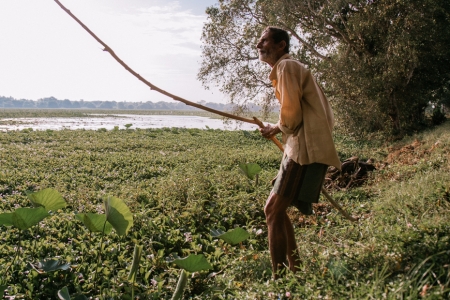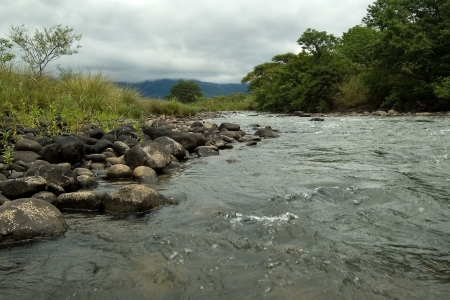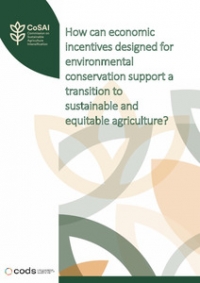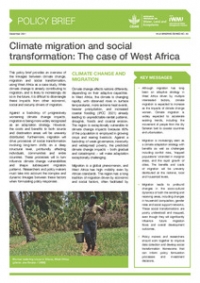Countries globally are now better placed to ensure sustainable freshwater use and supply, thanks to new guidelines on monitoring environmental flows developed by the International Water Management Institute (IWMI) and the CGIAR Research Program on Water, Land and Ecosystems (WLE) and adopted and disseminated by the United Nations.
All countries report on environmental flows as part of their self-assessment of progress toward the Sustainable Development Goals (SDGs). Quantifying environmental flows helps monitor progress on Sustainable Development Goal 6.4 on alleviating water scarcity through monitoring 'water stress'.
Environmental flows describe the quantity, quality and timing of water flows needed to sustain freshwater ecosystems as well as the livelihoods and well-being of the people dependent on them. Assessing how much water is needed for environmental flows helps reveal how much freshwater is available for other uses, including economic activities.
Withdrawing a lot of water when supplies are limited can cause 'water stress.' Measuring water stress entails comparing how much freshwater is being withdrawn by all economic activities, to the total renewable freshwater resources available. Managing these levels is crucial to meeting electricity, irrigation, drinking water and sanitation needs.
Yet, many countries still do not have clear criteria on how to define or measure environmental flows. The new methodology and guideline developed by WLE and IWMI contributes to the 'water stress' indicator and ensures that environmental flows can be quantified in all countries.
It is at the country or even local level that this information can really help decision makers decide how to balance water needs with environmental needs. For example, how much water can be withdrawn for industry or how much wastewater can be discharged before soils, fish populations or drinking water is harmed? Improved water management can in turn help ease growing water scarcity challenges, as explicitly pursued under SDG Target 6.4.2.
WLE and IWMI led the development of the environmental flows method and guidelines to support countries’ reporting. The Food and Agriculture Organization of the United Nations (FAO) is distributing these to all countries. FAO recently launched the guidelines with a live broadcast. During this event, the head of ecosystems in UN Environment, Joakim Harlin, noted that this is the first time that environmental flows is being adopted as part of a global policy.
In tandem with the guidelines, IWMI has substantially upgraded its Global Environmental Flow Information System online calculator for decision makers to determine environmental flows.
FAO is supporting further work to support global experts to refine the approach and develop further guidelines.
This Story of Change is adapted from the WLE Annual Report 2018-19. Play the online game and find out how Agricultural Challenges are Meeting their Match.












